Tree Plantation And Afforestation
- Home
- Tree Plantation And Afforestation
CONVENTIONAL TREE PLANTING AND AFFORESTATION
Deforestation caused by agriculture, urbanization, industrialization and mining activities has become a major global environmental issue. The world has lost almost half of its tree cover since 1960s and India is not an exception to this. The disastrous effects of vegetation loss are evident in the form of increased carbon emission, global warming, melting glaciers, rising sea levels, flash floods, droughts, frequent forest fires and loss of biodiversity. It would be too late to restrict this, if we do not act now.
Considering the gravity and urgency of the situation, team NACONS has taken steps to contribute in the global attempt to restore the lost green cover. Projects of indigenous tree planting around urban and rural areas are frequently undertaken. In the last few years, conventional plantation has been supplemented with modern forest creation techniques such as ‘Cluster Afforestation Method and Miyawaki Method’. Creation of such multiple ‘Micro-habitats’ is a small but significant step towards increasing the overall vegetation on earth. The team has also mastered the technique of large tree transplantation and it relocates such trees, wherever possible.

URBAN TREE PLANTING PROGRAMS
Tree planting in urban areas increases urban biodiversity by providing food, shelter and habitat to the wildlife. Trees help to cool the air, filter the atmospheric pollutants and reduce the soil erosion. They play important role in climate change mitigation since a single mature tree can absorb up to 150 kg of atmospheric carbon per year. Trees also reduce ‘Urban heat island effect’ caused by human activities such as fossil fuel combustion and construction of roads, buildings etc. We actively promote tree planting in cities along the roadside, playgrounds and gardens, using conventional method
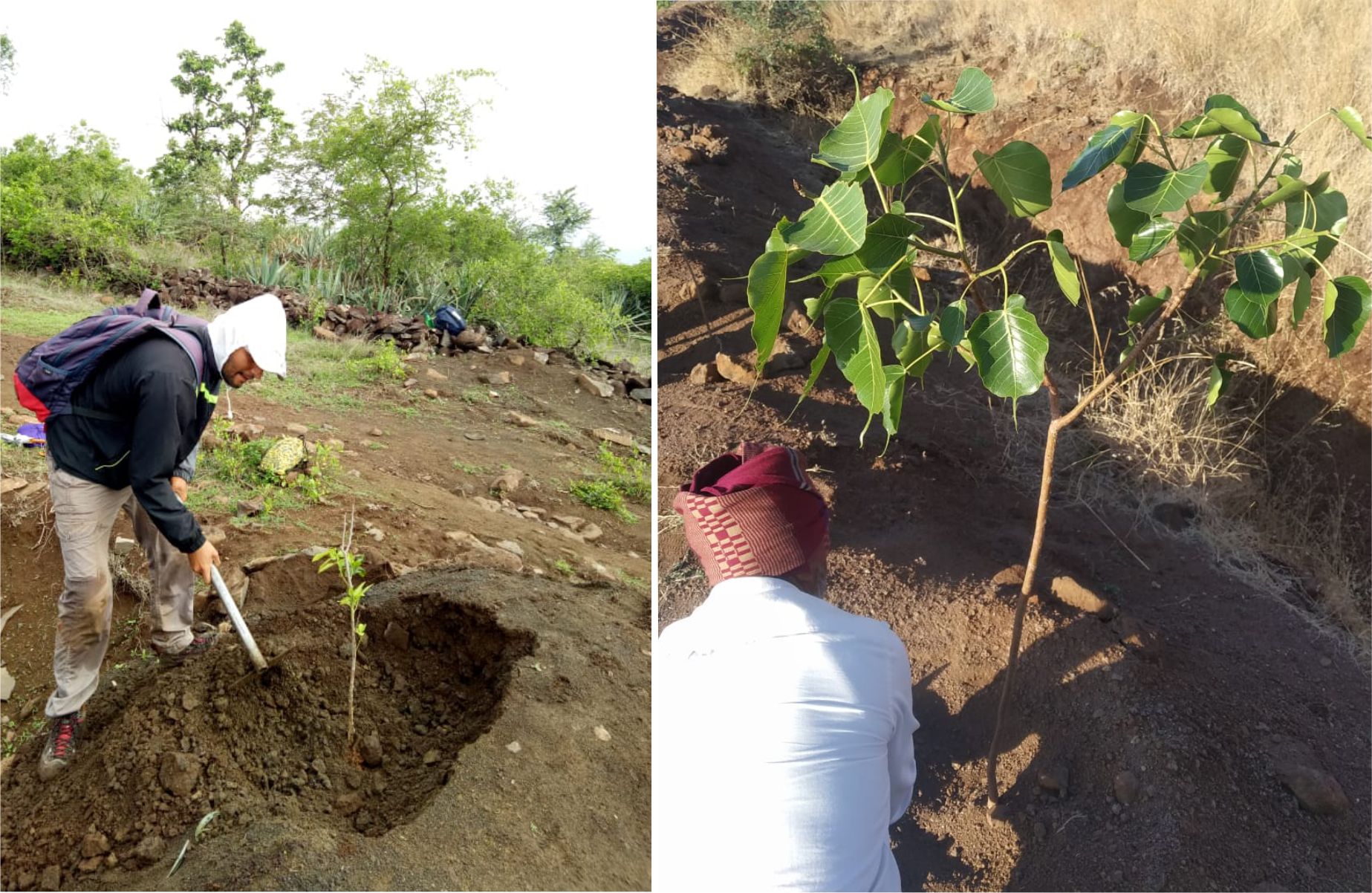
RURAL TREE PLANTING PROGRAMS
Benefits of tree planting in rural areas are same as those of urban tree planting. However, there are some additional benefits as well. Trees act as windbreaks, protecting crops from wind damage and soil from erosion. Their shade helps reduce the soil temperature. Tree litter helps replenish groundwater stores by slowing down rainwater run-off and increasing its infiltration into the soil. Trees redistribute nutrients by drawing essential minerals from the subsoil and making them accessible to other plants through leaf litter. They provide food, timber and traditional herbal medicines to a large portion of rural society. Hence we promote large scale tree planting in the villages and try to clear some traditional misconceptions of villagers about tree plantation.
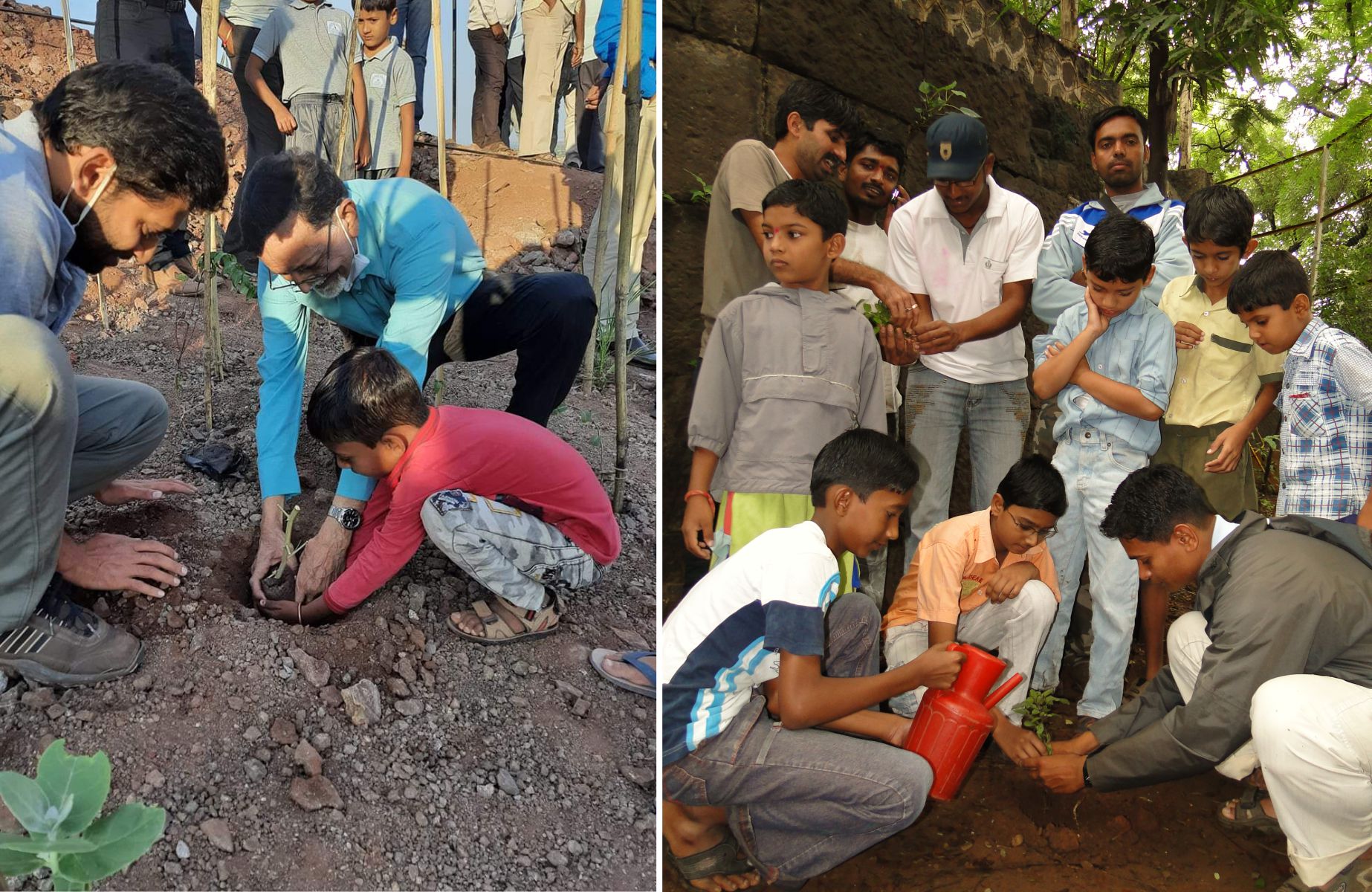
PLANTATION DRIVES FOR SCHOOL KIDS
Introducing the idea of tree planting in the tender minds of highly impressionable school children can develop a caring attitude in them towards nature and environment at an early age. It’s fun planting the tiny saplings, watering regularly and watching them grow. These kids will definitely become environment conscious and responsible citizens of the future. We organize pre-monsoon tree plantation drives for school children on regular basis.
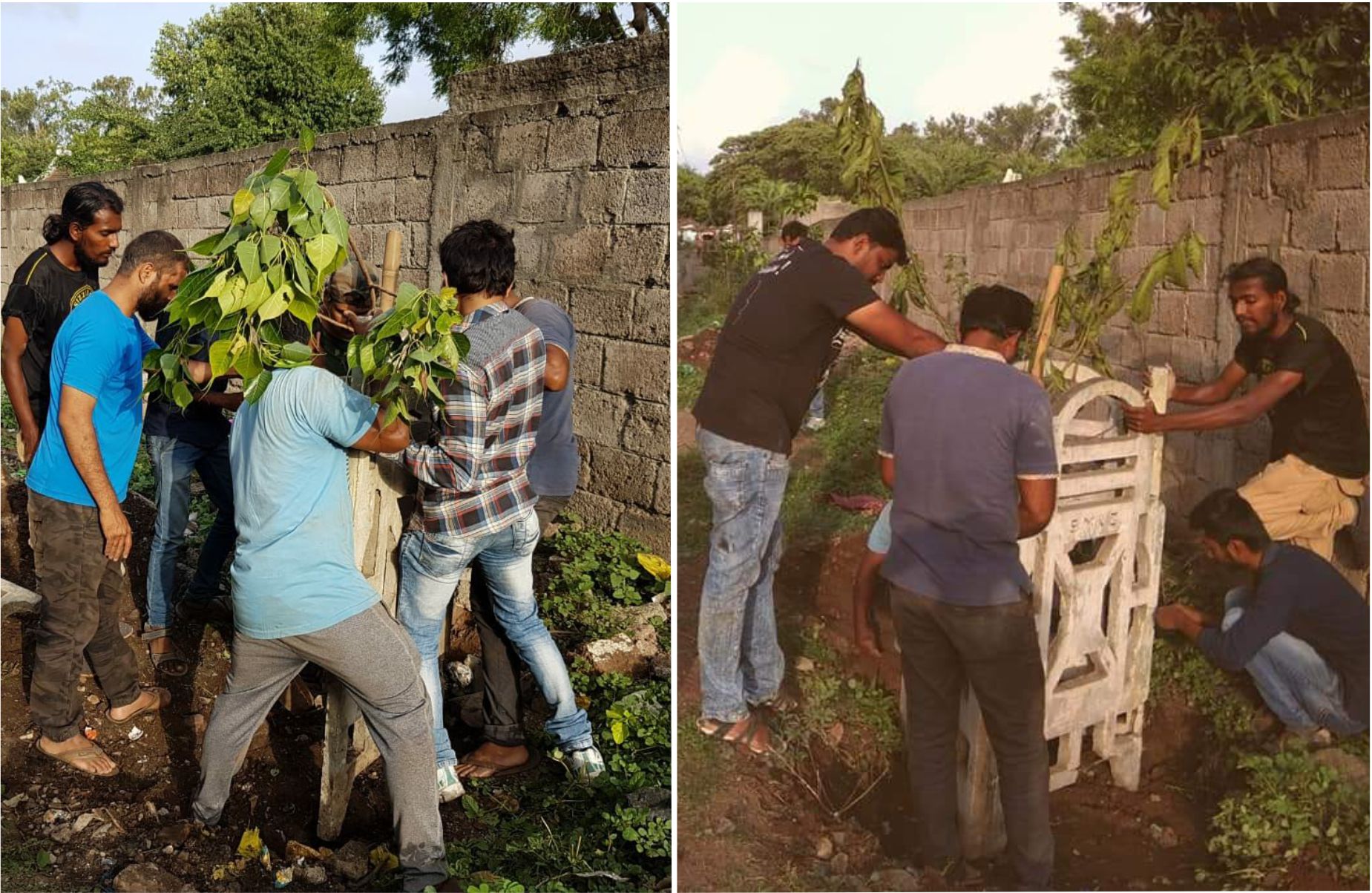
MAINTENANCE AND CARE OF SAPLINGS
Newly planted saplings need to be regularly watered and protected from cattle for at least two years. Most of the saplings are destroyed by grazing cattle, sheep and goats. We protect the saplings with the help of cement concrete tree guards. Manual watering of the saplings is done once a week.
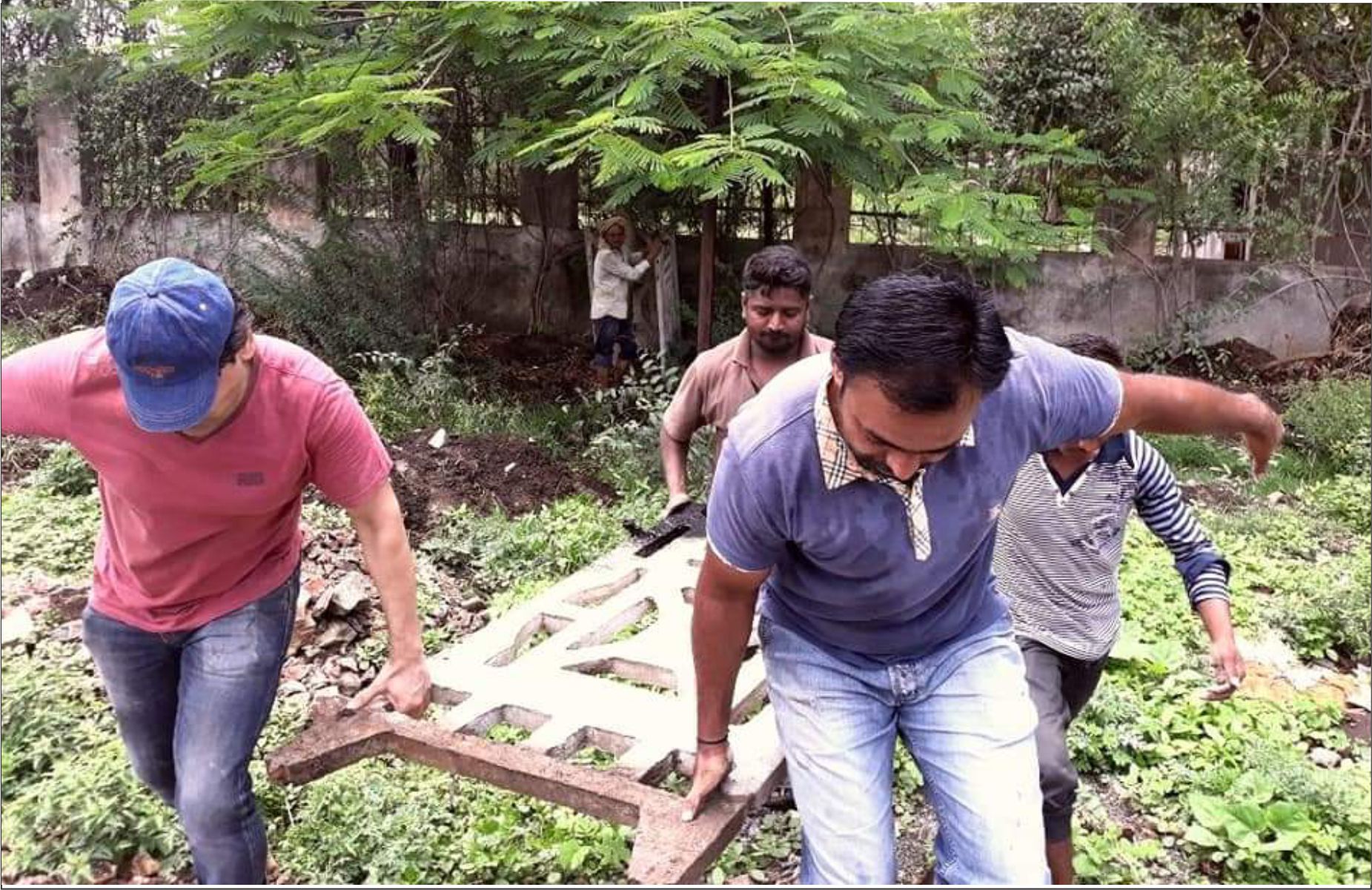
RECYCLING OF THE RESOURCES
Cement concrete tree guards are expensive. Other types of tree guards are cheaper but not long lasting. Therefore, we reuse the cement concrete tree guards of grown up trees to protect newly planted saplings.
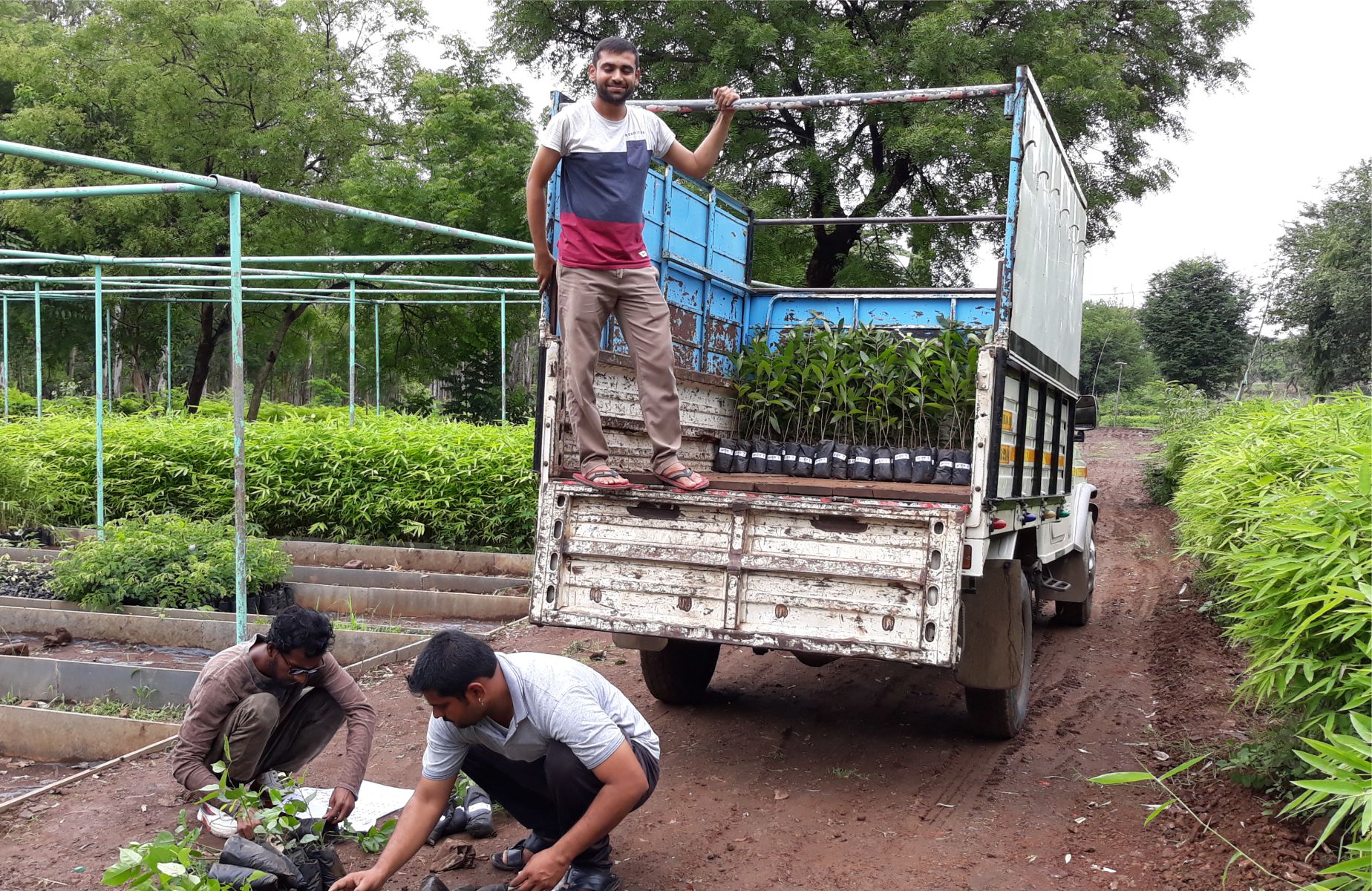
COLLECTION OF SAPLINGS
Saplings of indigenous trees species are not easily available in the market due to lack of awareness in the general public and the resultant less demand for it. Large scale production of indigenous saplings is not usually done by most of the plant nurseries. Therefore, we have to collect the saplings from selective plant nurseries at distant locations.
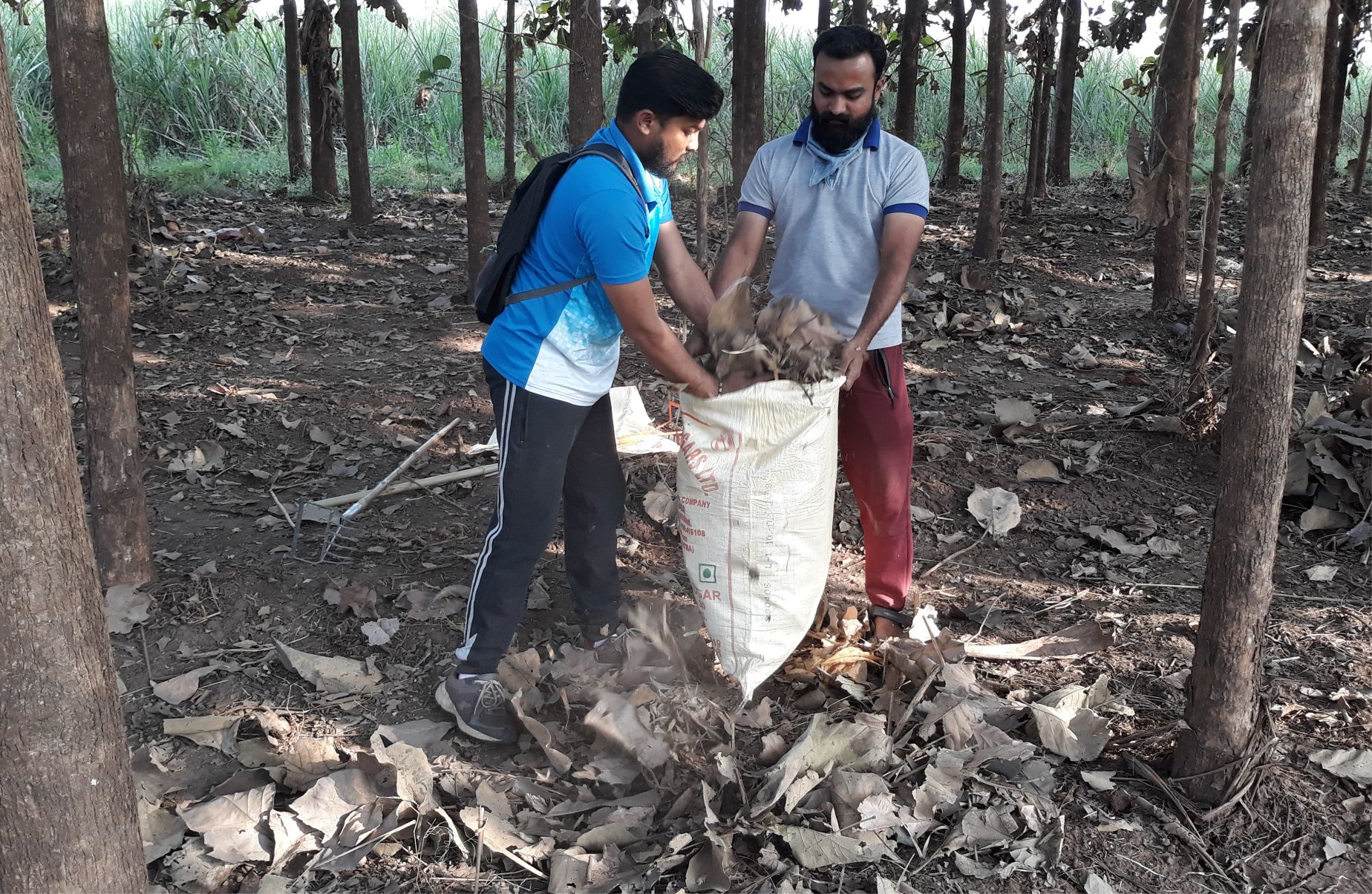
COLLECTION OF MULCHING MATERIAL
Mulching of the new plantation site causes less water evaporation, reduced rainwater run-off and enhanced bacterial activity in the soil. It also helps extract and recycle the vital nutrients from autumn leaf litter. We procure mulching material from various sources like orchards and teak plantations.
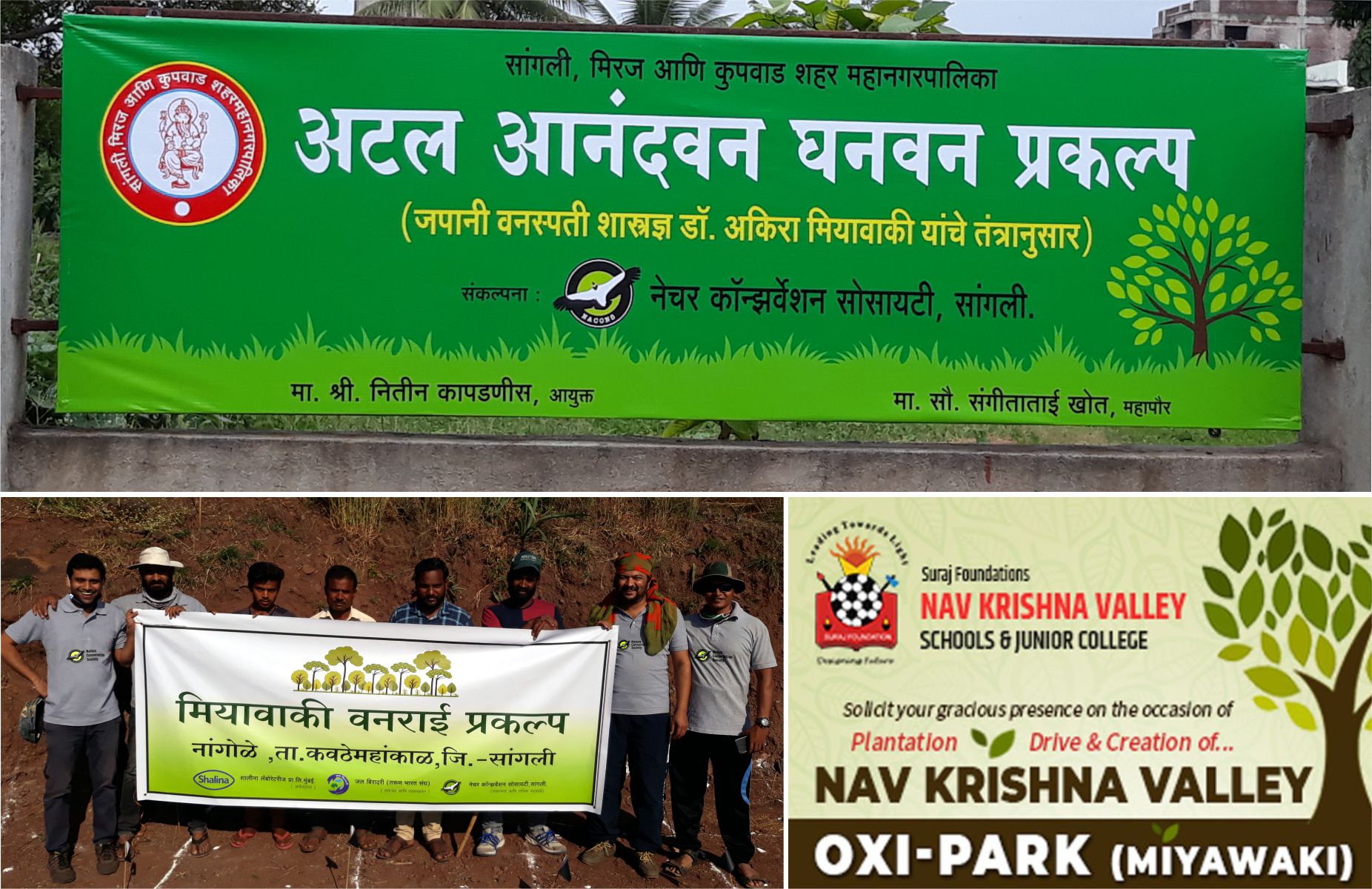
MIYAWAKI AFFORESTATION PROJECTS
‘Miyawaki method’ is a method of rapid afforestation developed by internationally acclaimed Japanese botanist and ecologist Dr. Akira Miyawaki. More than 1700 acres of land all over the world has been successfully afforested until now, by using this method. We have had success in creating such tiny forests at various places in our district.
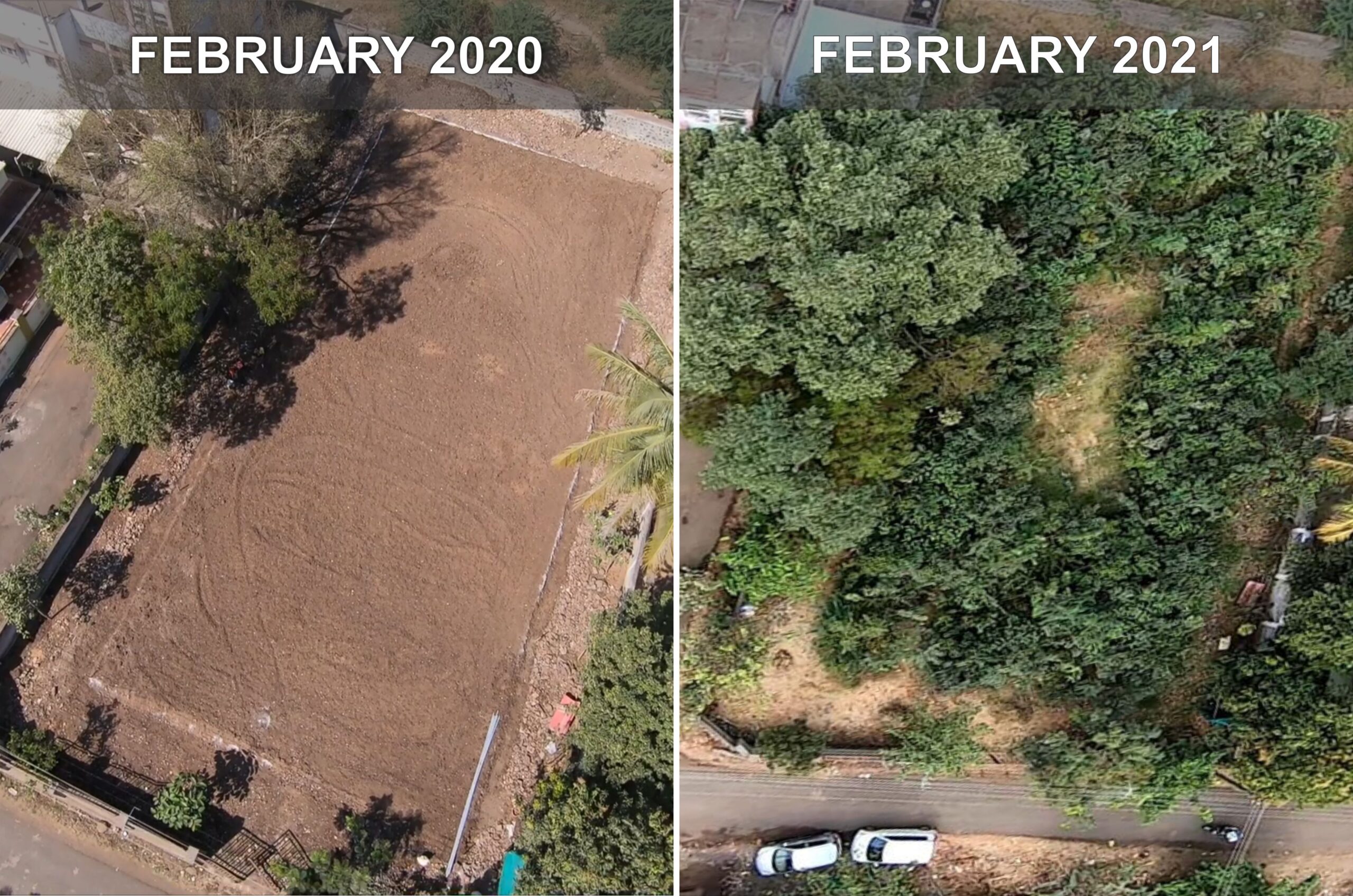
MIYAWAKI FOREST, MIRAJ
The first Miyawaki forest created by our team is in Miraj, District Sangli, Maharashtra state. The project was executed on an open piece of land owned by Sangli, Miraj, Kupwad city Municipal corporation and was funded by the corporation itself. About 1550 saplings of indigenous trees were planted. The project was completed two years ago and eventually a dense, completely bio-diverse patch of urban forest has been developed at the site.
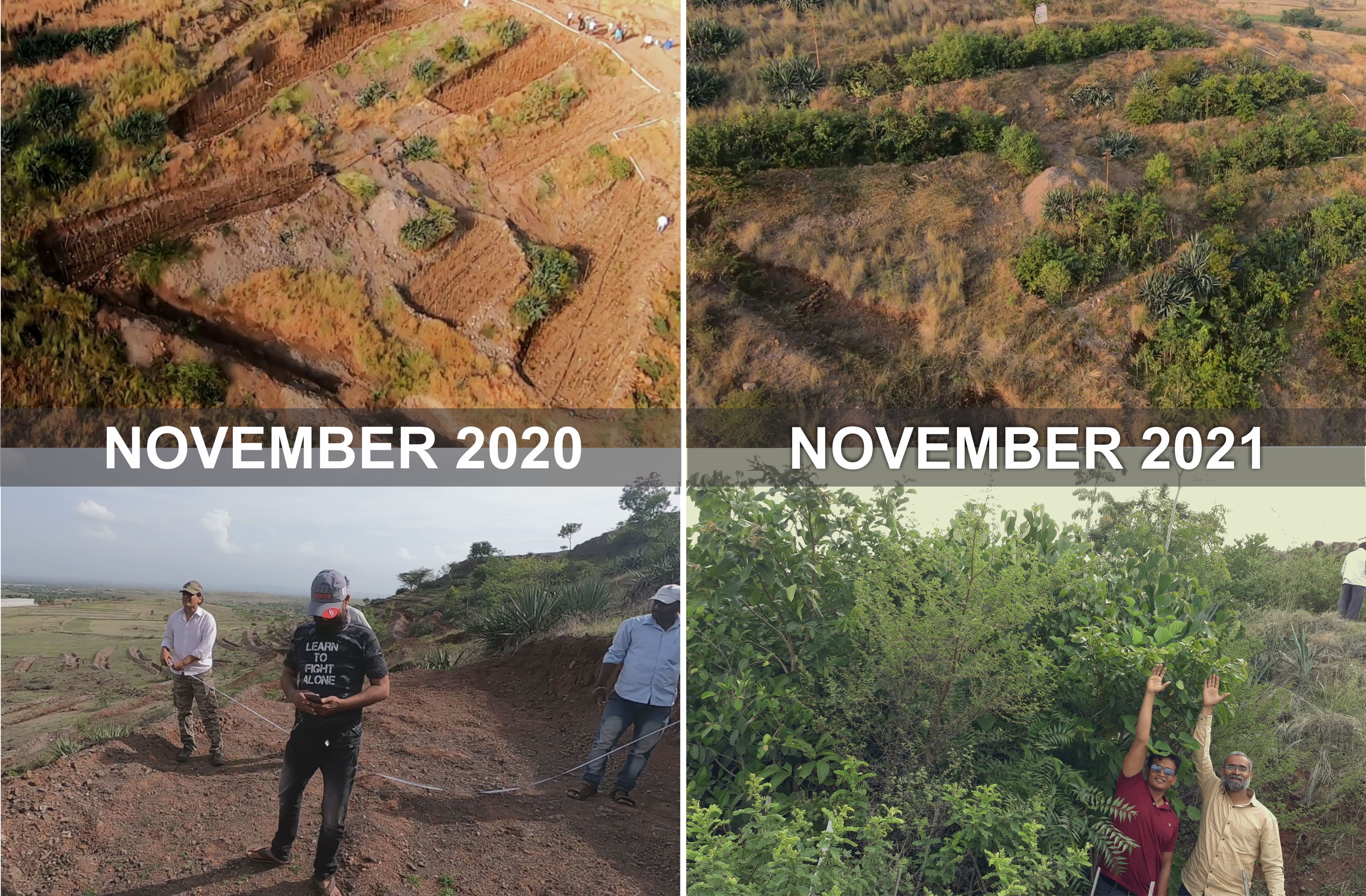
MIYAWAKI FOREST, NANGOLE
We created the second Miyawaki forest in Nangole village, Tehsil-Kavathemahankal, District- Sangli, Maharashtra state. It is the first project of its kind in Sangli district and the third in India, where the Miyawaki forest has been created on a hill slope. More than 1800 saplings were planted at the site, about one year ago and today, a dense, bio-diverse patch of tiny forest is clearly seen on the hill slope. This project is a part of ‘Agrani River basin rejuvenation program’ run by Jal Biradari, a renowned NGO which works for the cause of water conservation.
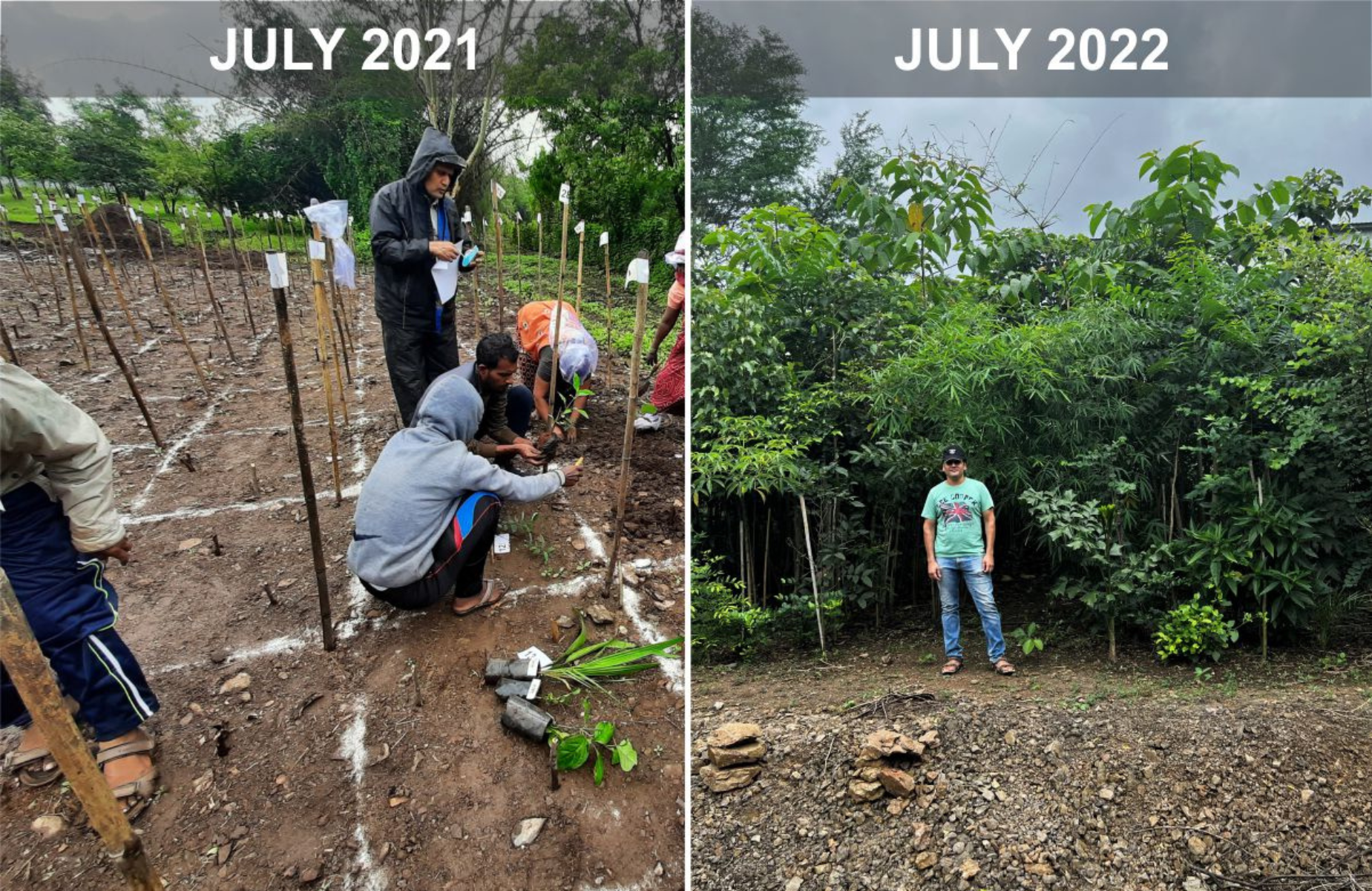
MIYAWAKI FOREST, KUPWAD
Our third Miyawaki forest has been created in Kupwad MIDC, Dist- Sangli, Maharashtra state. The project was executed in botanical garden of Nav-Krishna valley school, Kupwad and funded by Suraj foundation, Sangli. More than 700 saplings have been planted there and a patch of tiny dense forest has become visible within just 1 year.
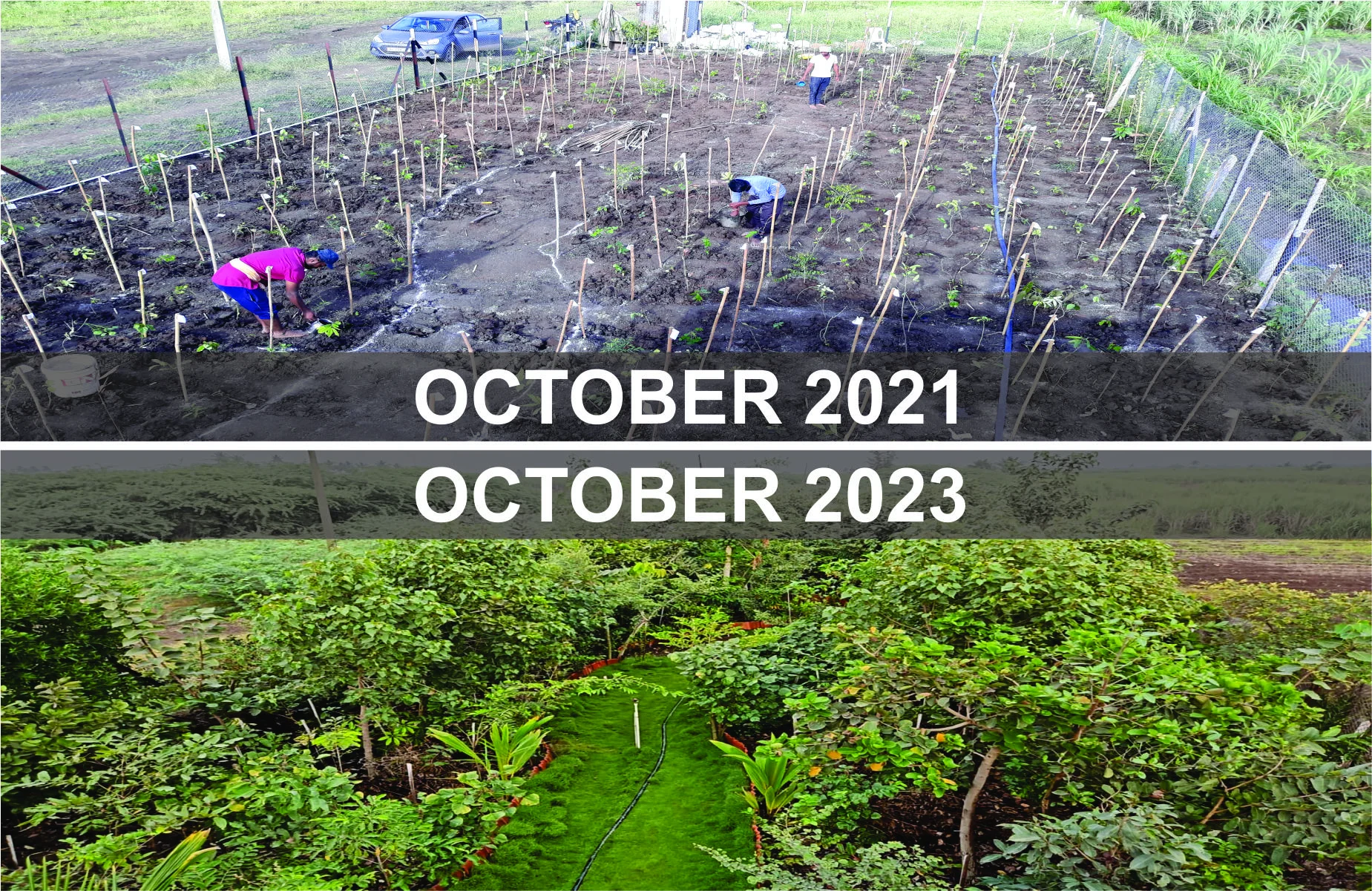
MIYAWAKI FOREST, TUNG
The fourth Miyawaki forest created by our team, is in Tung village, District-Sangli, Maharashtra state. The project was executed at Kabini farms, owned by Mr. Vikram Purohit. More than 700 saplings have been planted. This small piece of barren, lifeless wasteland consisting of alkaline soil has eventually been transformed into a lush green patch of tiny dense forest.

FLORAL BIODIVERSITY
All of our Miyawaki projects have more than 40 species of indigenous trees. Flowering in these forests has started within just one year. Many plants such as White leadwort (Plumbago zeylanica), Red leadwort (Plumbago indica), Jungle geranium (Ixora coccinea), Adulsa (Justicia adhatoda), Karavi (Strobilanthes integrifolia), Kachnar (Bauhinia variegata) are in full bloom during first flowering season.

FAUNAL BIODIVERSITY
Miyawaki forests created by us are frequently visited by various types of insects, butterflies, birds and small mammals. We have recorded 10 species of beetles and bugs, 12 species of butterflies, 20 species of birds and 2 species of small mammals in these micro habitats.
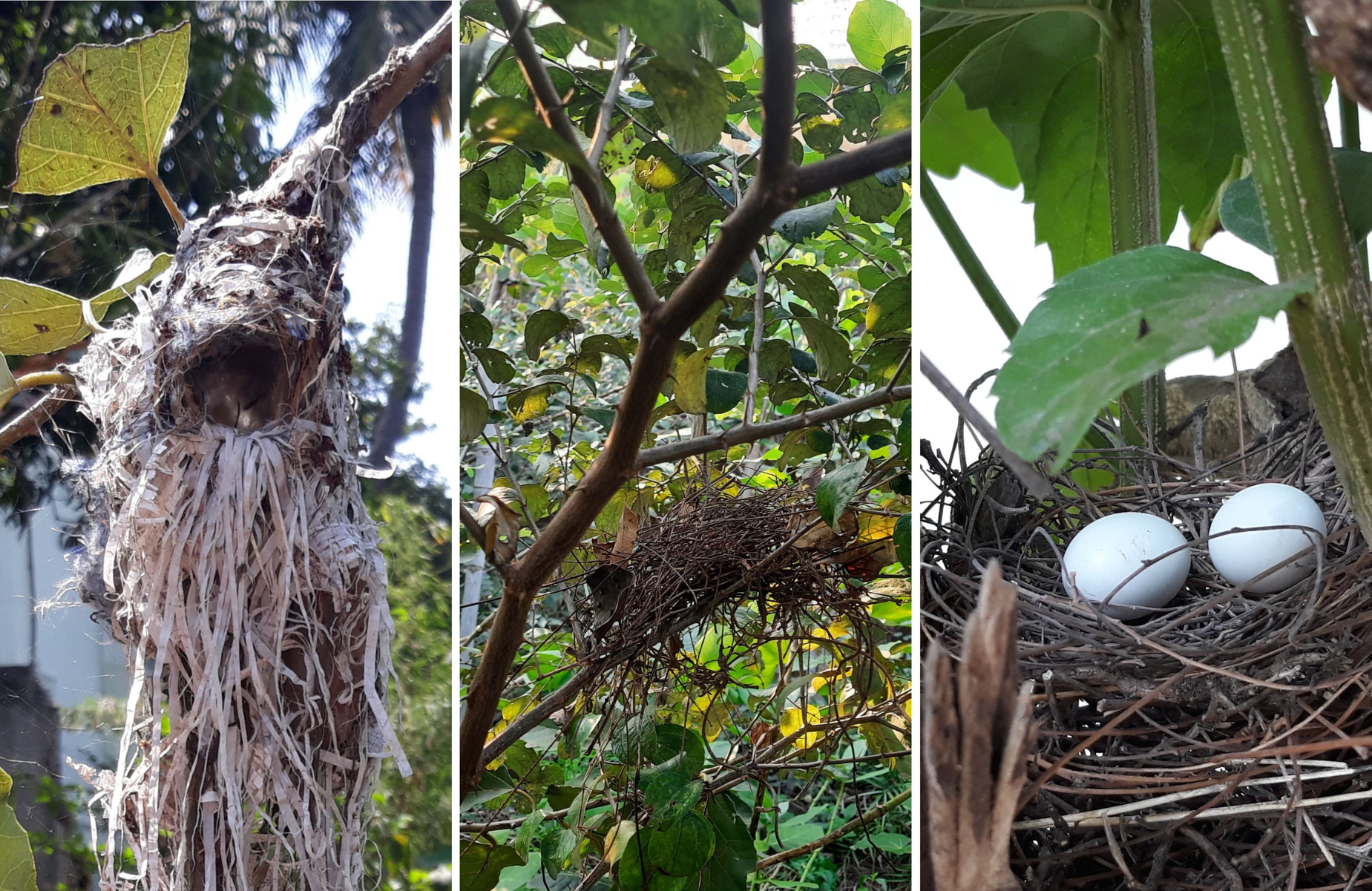
NESTING BY BIRDS
We have recorded nests of Purple Sunbird (Cinnyris asiaticus), Red vented Bulbul (Pycnonotus cafer) and Euresian collared dove (Streptopelia decaocto) in our Miyawaki projects. Nesting was done within just two years after tree planting. It is a good sign of acceptance of our tiny forests by local wildlife.

NESTING BY HONEYBEES
Honeybees are one of the most prominent pollinators of Nature. Hence, honeybee nesting in any plantation project is the strongest indicator of success. We have recorded two nests made by Indian honeybees (Apis cerana indica) in tiny Miyawaki forests created by us.

RELOCATION OF LARGE TREES
Large trees often fall victims to the urban development projects such as road widening. It not only eliminates one major atmospheric carbon fixing entity from nature but also destroys the entire ecosystem dependent on it. We successfully relocate such trees with the help of local government and people.
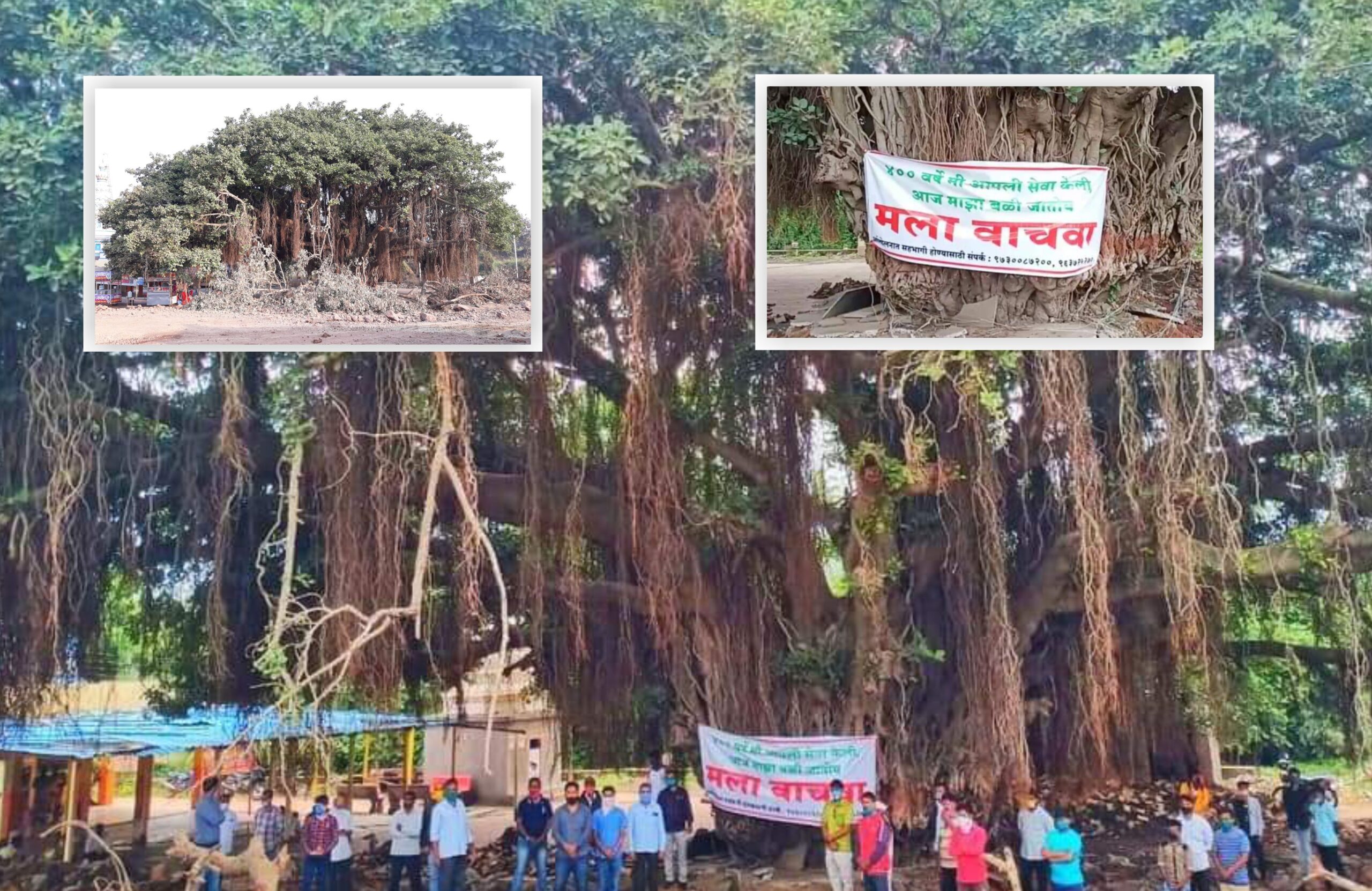
SALVATION OF HERITAGE TREES
We actively participate in the salvation campaigns of large heritage trees. A huge Bunyan tree near village ‘Bhose’ in Sangli district of Maharashtra state, with a canopy spread over more than 6000 sq. feet, was planned to be cut down for widening of Ratnagiri-Nagpur highway. Government had to change the plan under public pressure and protest from all over Maharashtra. Finally, the tree was saved. Team NACONS was also a part of this public movement.
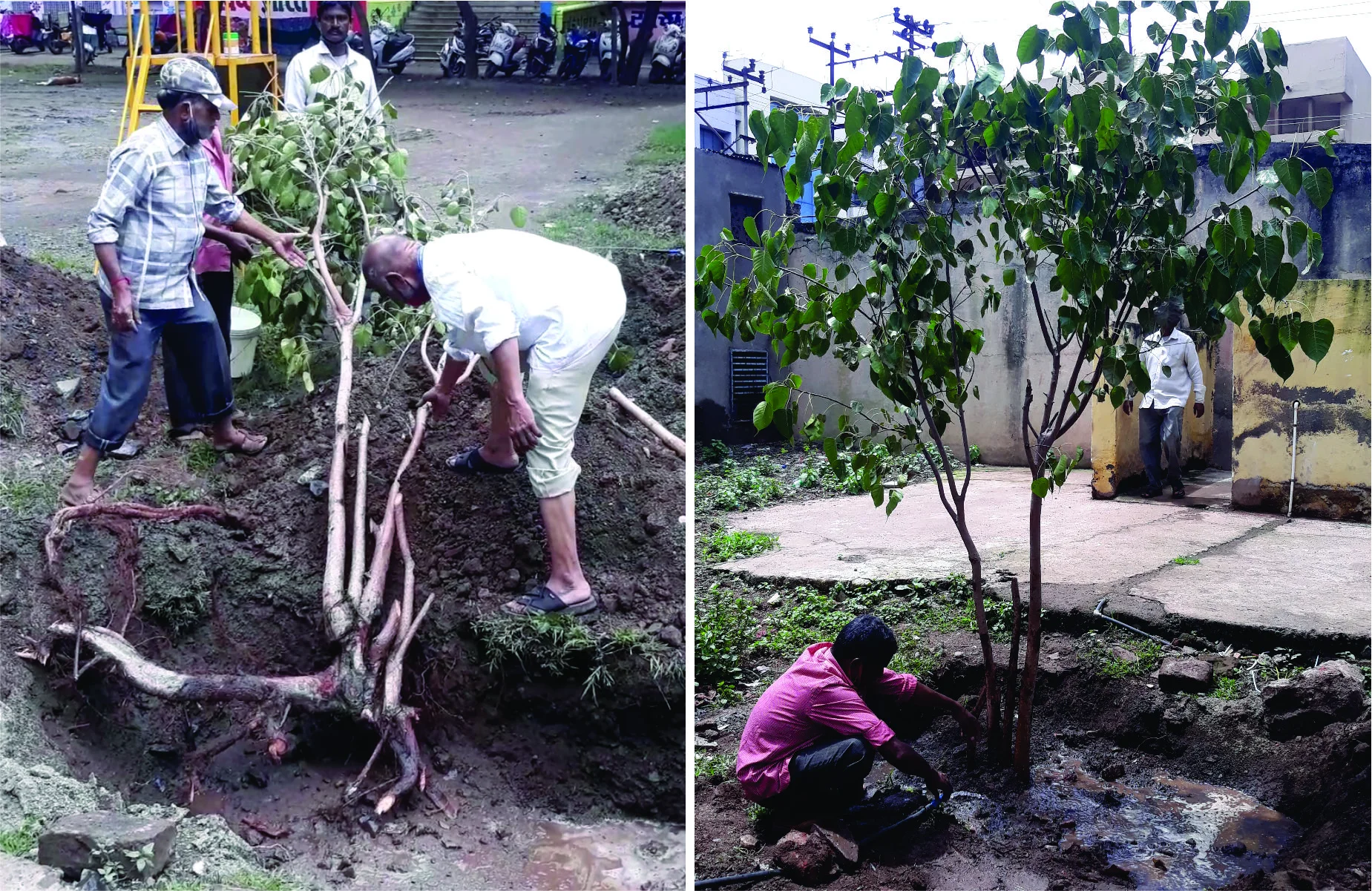
UNCONVENTIONAL CONSERVATION OF TREES
Seeds of the fig trees such as Peepal, Banyan, Cluster fig etc. are dispersed primarily through bird and bat droppings. These seeds are capable of germinating and growing almost anywhere they land, including damp crevices in the walls of buildings. Their roots penetrate deeper into the walls causing serious structural damage to a building and therefore need to be killed using a herbicide. However, these are keystone tree species that support the entire ecosystem. Therefore, we try to save such trees by relocating them from walls to the ground, wherever possible.
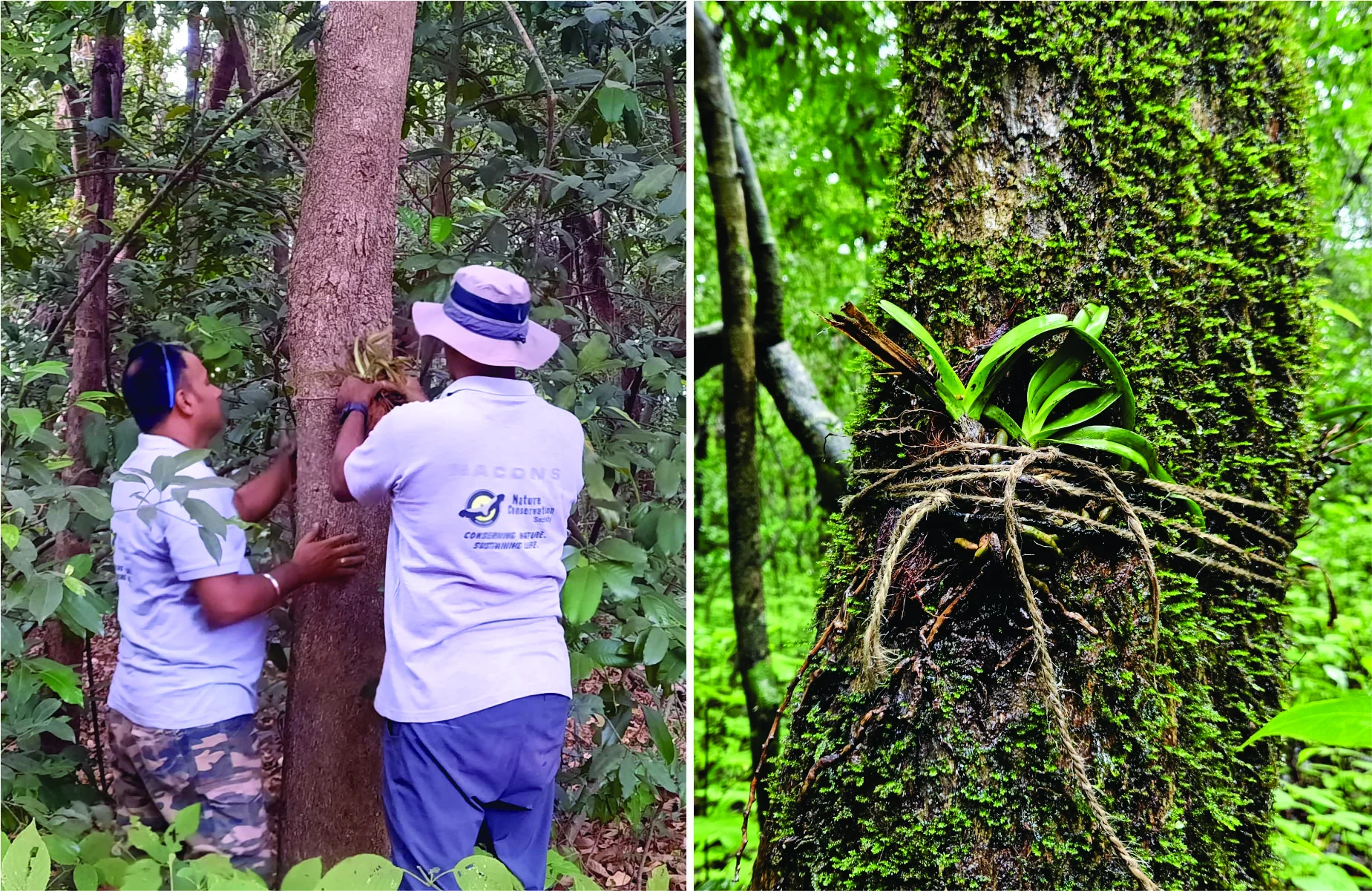
ORCHID RELOCATION PROJECT
Large trees along roadsides are the primary victims of road widening projects. Team NACONS tries to minimize damage to the local ecosystem in a unique way, whenever felling of such trees is inevitable. The team executed such a project in the Summer of year 2022. The trees along Kolhapur-Amba Ghat road were supposed to be cut down for widening of the road. Our activists successfully relocated more than 3,500 Orchids from these trees to other suitable trees. Orchids are a type of epiphyte that typically grow on tree trunks or branches without harming the host and rely on the tree for support, but not food. It derives its nutrients from decaying organic matter and dust settled on tree trunks. It derives water from the atmosphere. It attracts the fungi and honeybees that also help in the growth and pollination of host trees. Thus, the region where Orchids are found is considered to be ecologically rich and diverse. Therefore, our Orchid relocation project was a small but significant effort of minimizing the ecological damage caused by a human activity.
